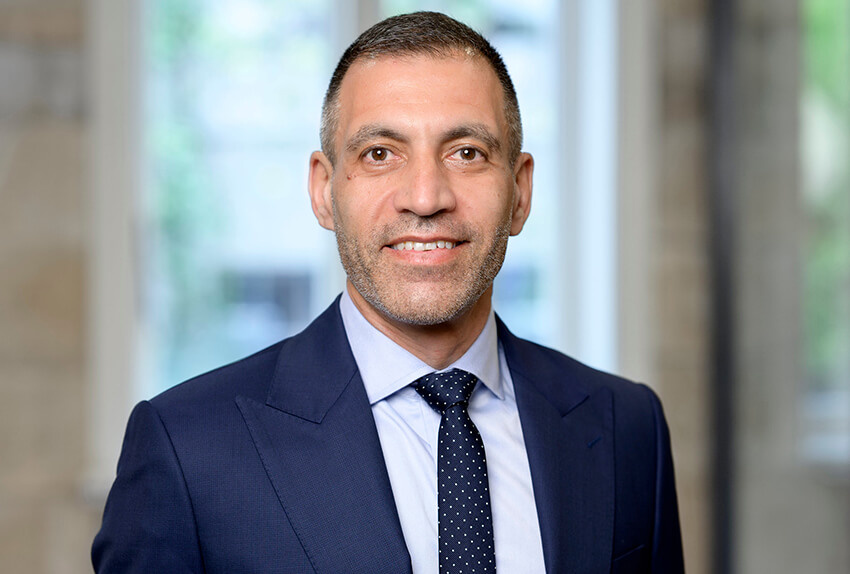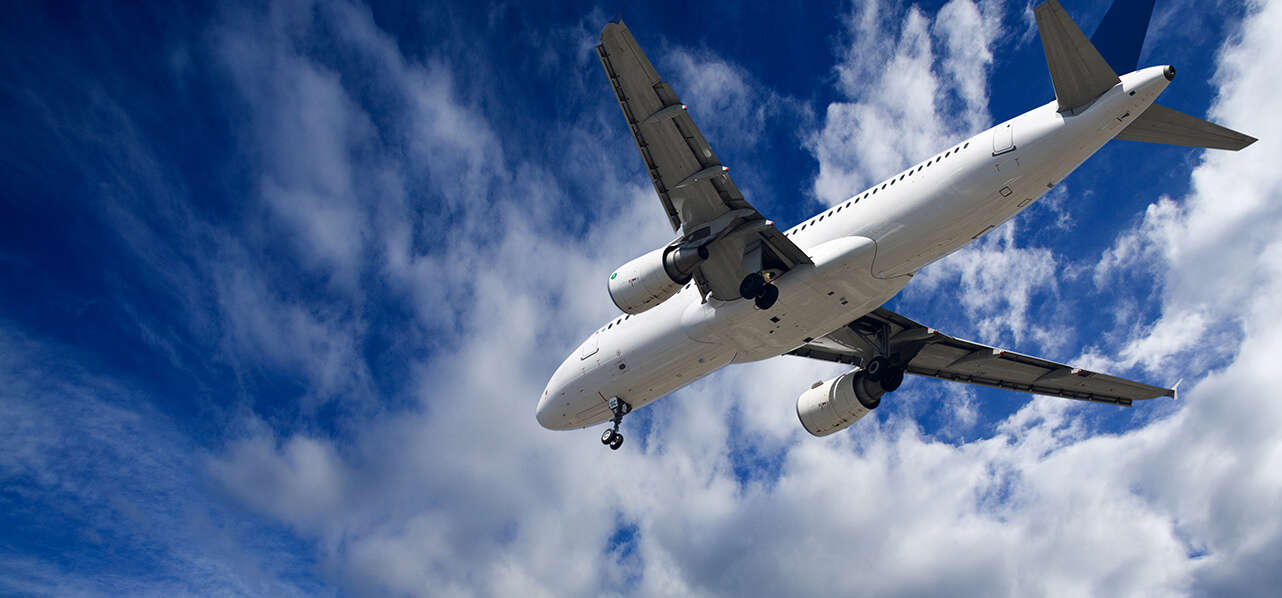Thai Airways International (TG) is expected to enter into Bankruptcy Act rehabilitation this month and could emerge from rehabilitation by the end of the year. What would a rehabilitated TG mean for the Thai aviation sector?
Fasten your seatbelt
The market conditions which led to the Bankruptcy Act rehabilitation of TG predate the COVID-19 pandemic. The collapse of inbound Chinese tourism, excess capacity, aggressive competitors and the impact of the strong baht on other key tourist markets all resulted in the exit of a number of smaller airlines and the weak performance of a number of other airlines. The measures introduced to prevent the spread of COVID-19 only accelerated the impact of these market conditions on Thailand’s airlines.

